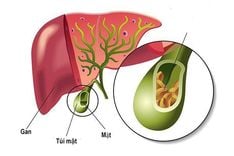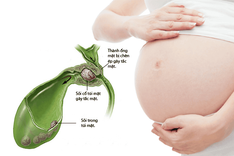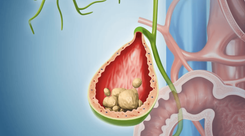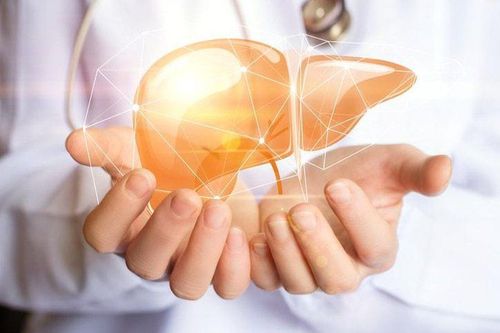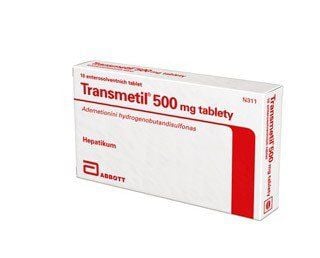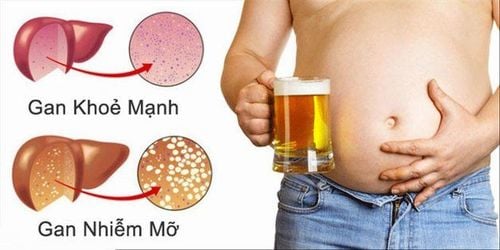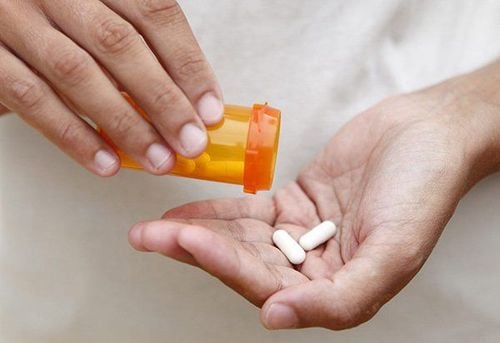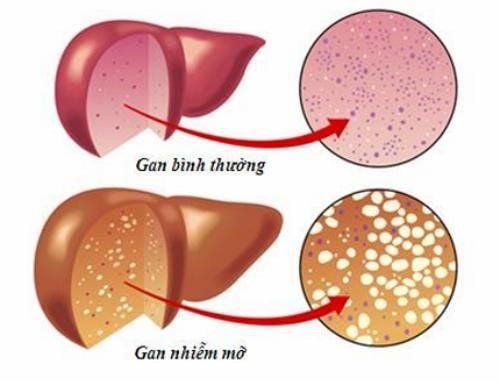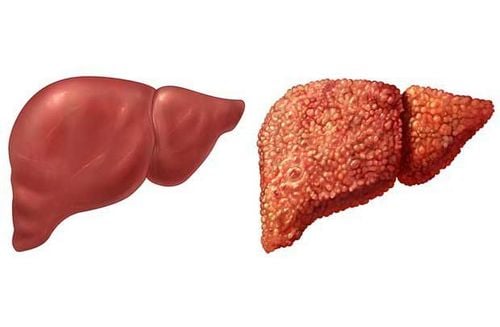Medical Review By: Doctors of the Internal Medicine and General Examination Department, Vinmec Da Nang International General Hospital
Liver calcification nodules are the result of chronic inflammatory damage, caused by small stones in the bile ducts, bile pigment deposits, or dead parasites. Liver calcification can lead to serious complications that negatively affect the liver and overall health.
1. What Is Liver Calcification?
Liver calcification is a chronic liver lesion that is still unfamiliar to many people. Essentially, it is not a disease but a scar caused by inflammation, abscesses, or infections from parasites in the liver. These lesions cause small stones to accumulate, which gradually calcify and remain in the bile ducts.
As a result, the liver cannot perform its detoxification function effectively, and the calcified deposits cannot be expelled from the body.
Common causes of liver calcification include:
- Hepatocyte inflammation.
- Bile duct inflammation due to gallstones or bile pigment deposits.
- Alcohol and stimulant-related hepatitis.
- Dead parasites or worms in the liver.
- Long-term accumulation of tuberculosis medications metabolized in the liver, forming calcified nodules.
- Fatty liver disease or prolonged liver toxicity.
- Tumors in the liver that cause calcium accumulation, eventually leading to calcification.
- Congenital infections in newborns whose mothers experienced uterine infections during or after pregnancy.
- The causes listed above will create cirrhotic scars and calcification of liver tissue after local necrosis.
X-rays or ultrasound imaging can help detect liver calcification.
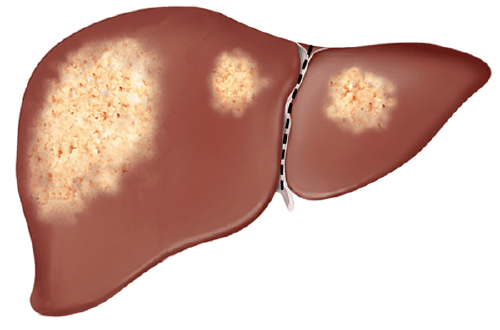
2. Is Liver Calcification Dangerous?
The danger of liver calcification depends on the stage and severity of the condition, as well as the size of the calcified nodules. Early diagnosis is crucial.
In the early stages, when calcified nodules are small, the condition is usually benign and asymptomatic, with no significant complications. Liver function is largely unaffected, and overall health is preserved.
However, when the liver calcification becomes larger, the patient may experience pain in the right flank area. The cause is due to inflammation and obstruction of the bile duct in the liver, or large calcifications pressing on the nerves and liver tissue. The pain will increase if the patient exercises vigorously and frequently.
In addition, severe liver calcification can also cause patients to:
- High fever, chills, sometimes convulsions
- Yellowing of the skin and/or mucous membranes of the eyes
- Digestive disorders due to calcium deposits blocking the bile ducts
- More serious is chronic cholestasis or leads to biliary cirrhosis.
In the long term, severe liver calcification often causes chronic hepatitis, with the risk of progressing to cirrhosis and even liver cancer.
Trắc nghiệm: Làm thế nào để bảo vệ lá gan khỏe mạnh?
Làm test trắc nghiệm kiểm tra hiểu biết về gan có thể giúp bạn nhận thức rõ vai trò quan trọng của gan, từ đó có các biện pháp bảo vệ gan để phòng ngừa bệnh tật.3. Treatment of Liver Calcification
Treatment varies depending on the disease's progression:
Mild Cases:
- Small calcified nodules that do not affect liver function may not require medication or surgery.
- Patients are advised to maintain a healthy lifestyle and follow medical guidance.
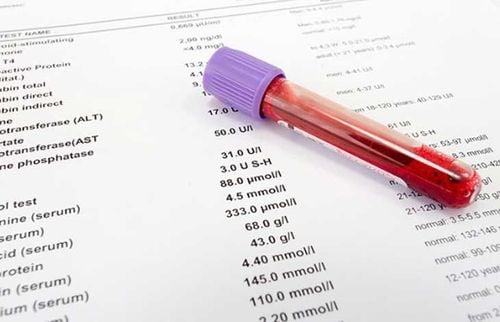
Severe Cases:
- Symptomatic cases that impair liver function may require medication prescribed by a doctor.
- Surgical removal of calcified nodules may be necessary to prevent complications in critical cases.
4. Prevention of Liver Calcification
There is currently no medication available to dissolve liver calcification nodules.
However, the following measures can help prevent and control the condition:
- Adopt a healthy diet:
- Avoid foods high in cholesterol, such as organ meats, animal fat, red meat, and egg yolks, to reduce the risk of bile pigment deposits and gallstone formation.
- Opt for a balanced diet with white meats (e.g., chicken, fish), fresh vegetables, and fruits rich in vitamins.
- Avoid eating late at night or overeating to prevent overburdening the liver.
- Maintain regular sleep patterns:
- Sleep 7–8 hours per night, avoid staying up late, and sleep before 11 PM to support the liver’s detoxification process.
- Avoid alcohol and stimulants:
- Alcohol and tobacco overwork the liver, leading to its gradual weakening.
- Exercise regularly:
- Engage in activities like yoga or meditation to reduce stress, improve physical fitness, and protect the liver from conditions like cirrhosis or liver cancer.
- Stay hydrated:
- Drink plenty of water, including herbal teas such as artichoke or barley tea, to reduce the risk of gallbladder obstruction and liver calcification.

- Deworming:
- Conduct regular deworming every 6 months to maintain gastrointestinal health.
- Periodic health check-ups:
- Visit healthcare facilities every 3–6 months to monitor the progression of calcified nodules and detect any potential complications, including cancer.
- Liver calcification is an underrecognized condition, but its severity depends on the size and progression of the calcified nodules. While generally not life-threatening, understanding the causes and adopting preventive measures is essential to manage the condition effectively and avoid complications.
Please dial HOTLINE for more information or register for an appointment HERE. Download MyVinmec app to make appointments faster and to manage your bookings easily.

